With so many identities and flag colours, it can feel a little bewildering. We’ve put together this simple guide to help you identify the different flags and communities that we currently make jewellery and gifts for. If you ever need bespoke colours making up for a customer then just let us know and we’ll do our best to help supply for you.
SEXUALITY
RAINBOW
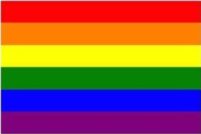
Probably the most known and recognised flag, this six colour rainbow is an umbrella flag for anyone from the LGBT+ community. The flag is an instant symbol to customers that LGBT+ people are supported in-store.
GILBERT BAKER
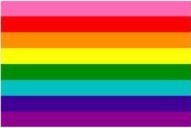
In 1978 Gilbert Baker designed the very first Rainbow flag. It contained 8 stripes. Over time the flag was adapted to remove the Hot Pink and Cyan colours, creating the more well known Rainbow flag. This was because sourcing material in those colours to make the flags proved too hard. Back then each stripe was hand sewn together. Today, this problem has been overcome with modern printing and we’ve seen the reintroduction of the original Gilbert Baker flag flying high at prides all over the country.
LESBIAN
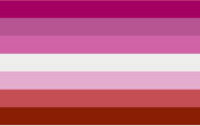
Lesbians are women who are attracted to women. There are two flags to represent this sexuality the most commonly used is one that uses a variety of reds, white and pinks.
BISEXUAL
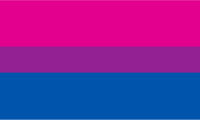
Bisexuality is where a person is attracted to both men and women. This flag has three colours, Blue, Purple and Pink.
PANSEXUAL
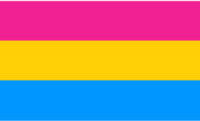
Pansexuality is where a person is attracted to a person regardless of their biological sex or gender expression.
ASEXUAL
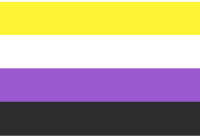
Is someone who does not, or feels very little sexual attraction to people. However, they can feel a romantic connection to people.
BAME
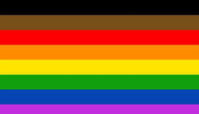
The Black, Asian and Minority Ethnic flag was first introduced in the city of Philadephia in 2017 as a way of showing more visibility to the LGBT+ BAME community by adding the black and brown stripe to the rainbow flag.
GENDER IDENTITIES
One of the easiest ways to think about gender (words like man, woman, boy and girl, masculine and feminine) is to consider it different from biological sex (male and female). After all, we’re not born a man or a woman – we’re, for the most part, born babies with male or female genitalia. Society and its expectations based on genitals you have can be a difficult path for some to travel and accounts for much of the inequalities and discrimination faced by many of us.
As more and more people feel comfortable about rejecting gendered norms a whole new world of gender identities has formed. Here is an explanation of some of the most popular.
TRANSGENDER
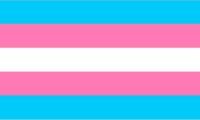
Transgender is someone who feels as though their gender identity is different from their birth sex. Many people who feel this way begin to transition from one gender to another and some may even decide to transition from one sex to another.
NON BINARY

Someone who identifies as non-binary is someone who doesn’t view their gender as either masculine or feminine or rejects the notion of being a man or a woman. It doesn’t really have anything to do with the biological sex of someone, rather the expression of gender.
They may even reject the pronouns “he” or “she”. Some non-binary folk like to use the pronouns, they, them and theirs and some will even use ze, zim and zis. If in doubt about which pronouns to use, don’t be afraid to ask.
GENDERFLUID
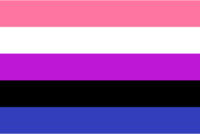
This is someone whose gender and its expression (the way they chose to present to the world) is fluid and not fixed to either masculine or feminine.
ALLIES
STRAIGHT ALLY
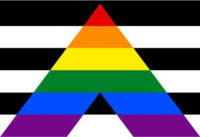
Someone who identifies as heterosexual and supports the LGBT+ community. Basically a decent human being. The Straight Ally flag takes the black and white from the Straight Flag and adds a rainbow A for Ally.
